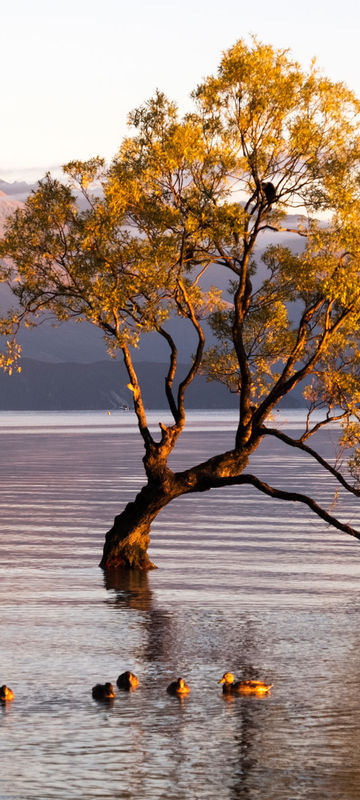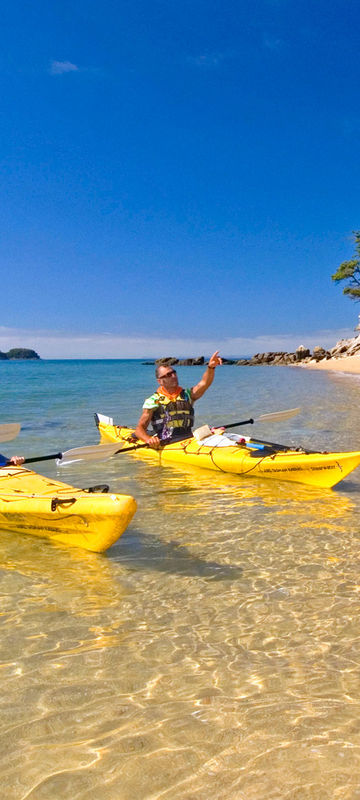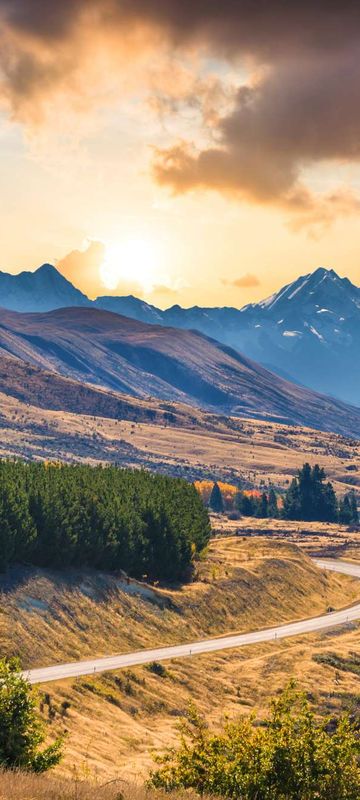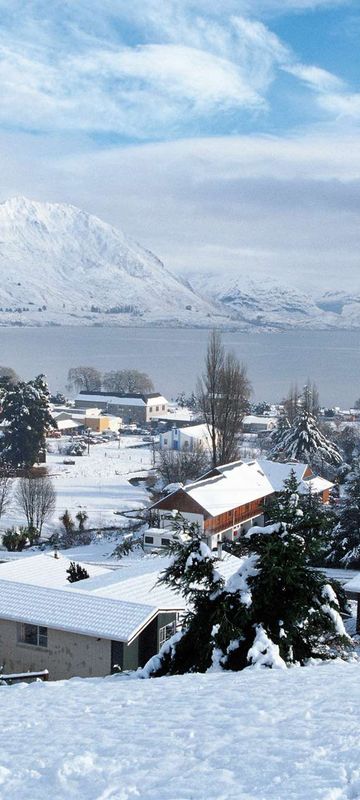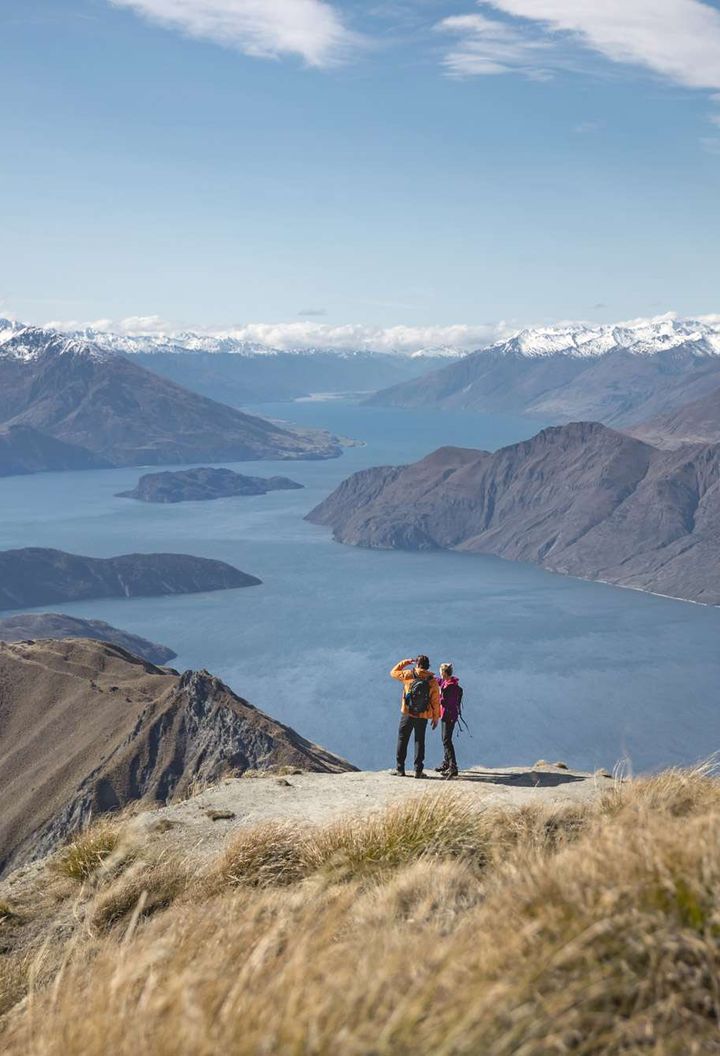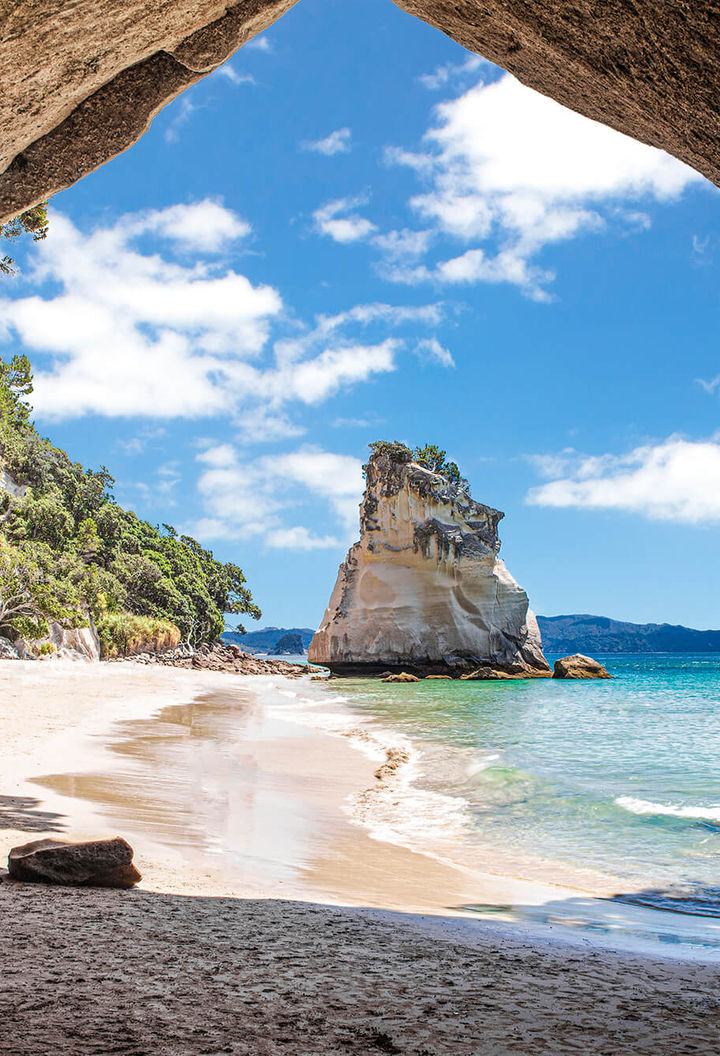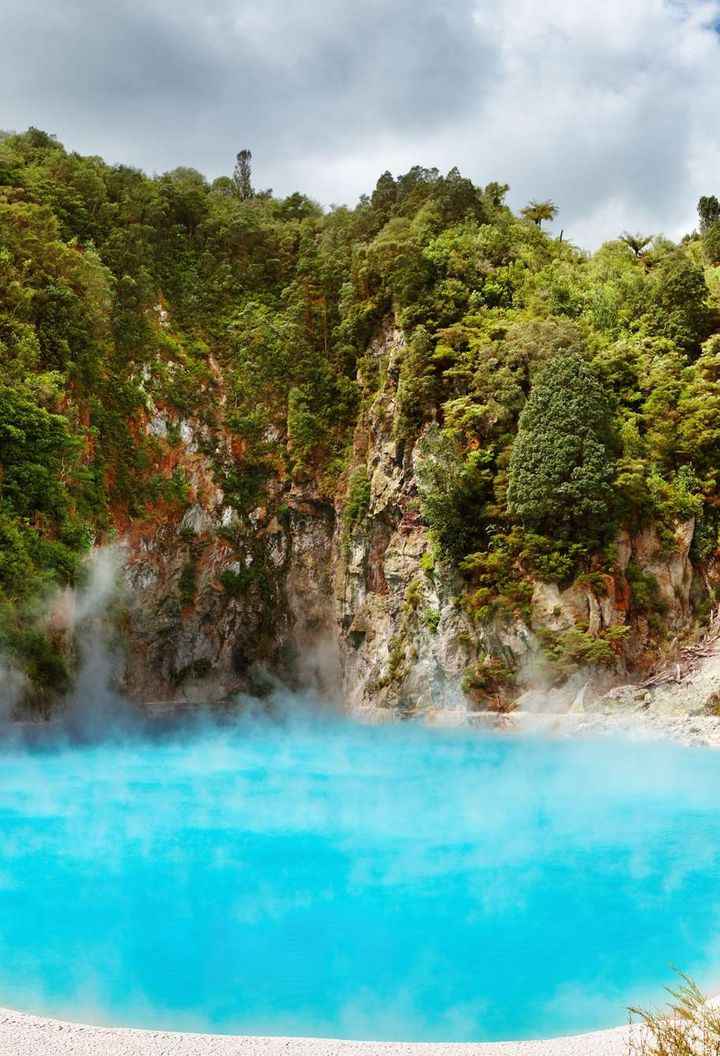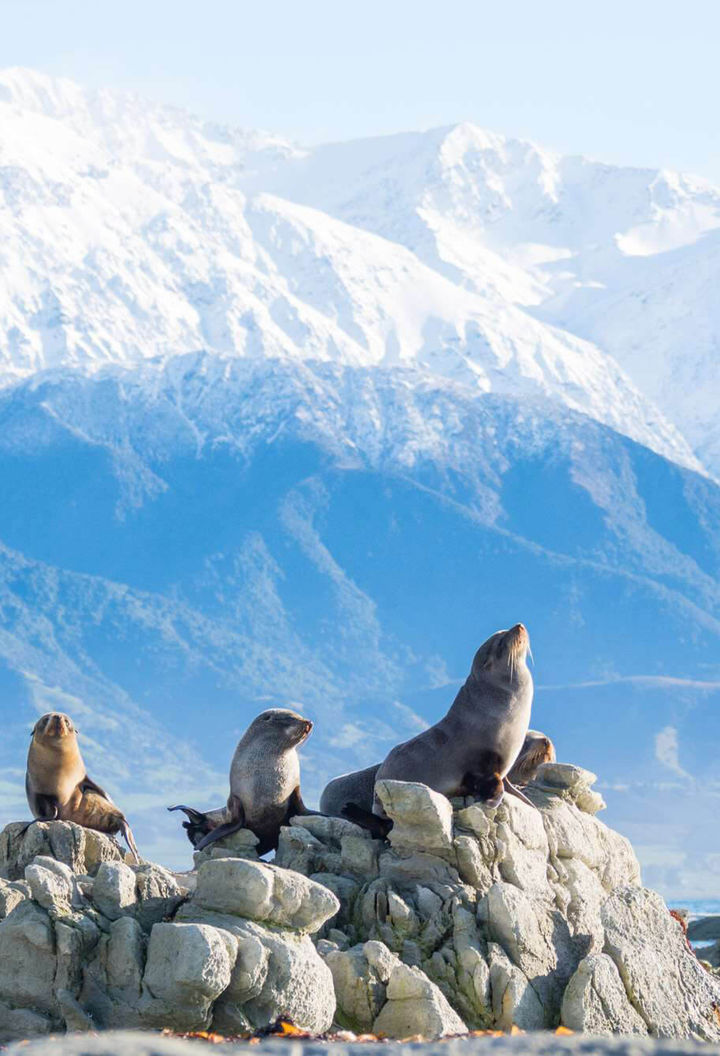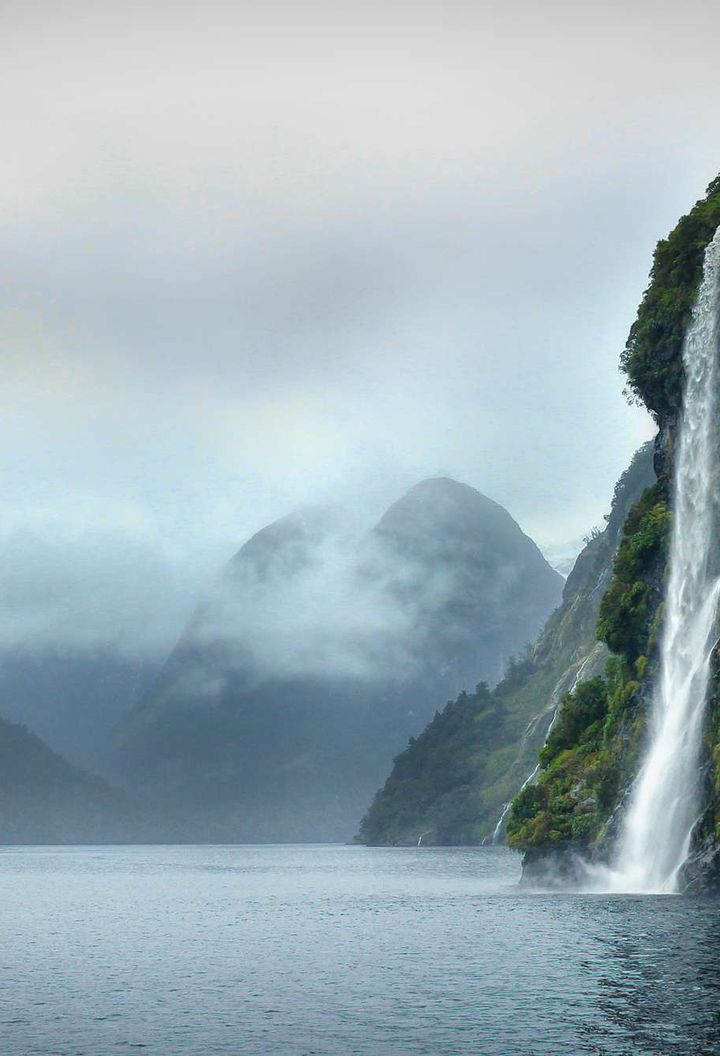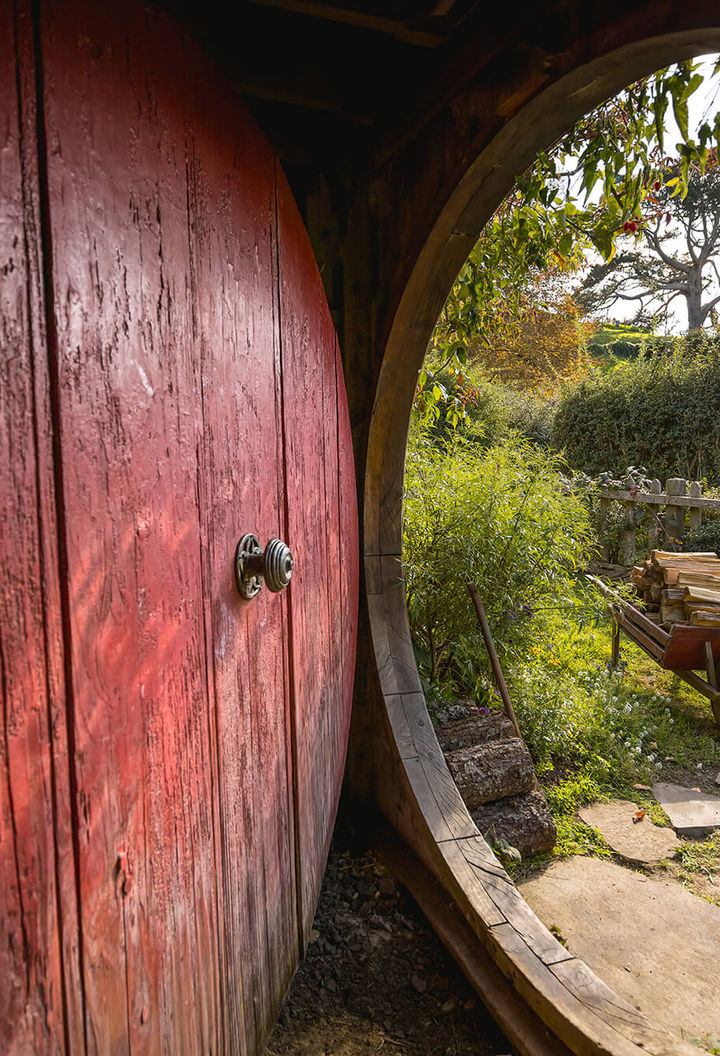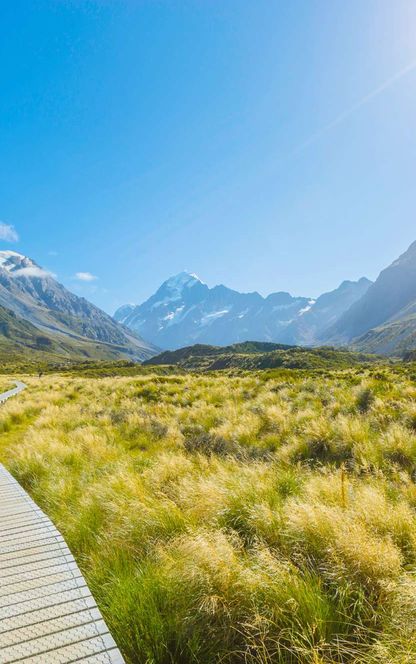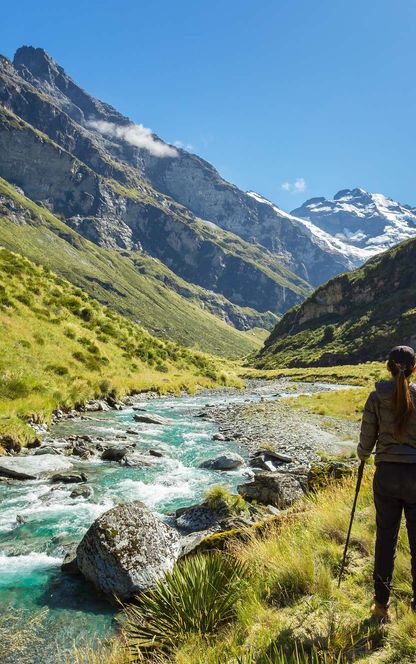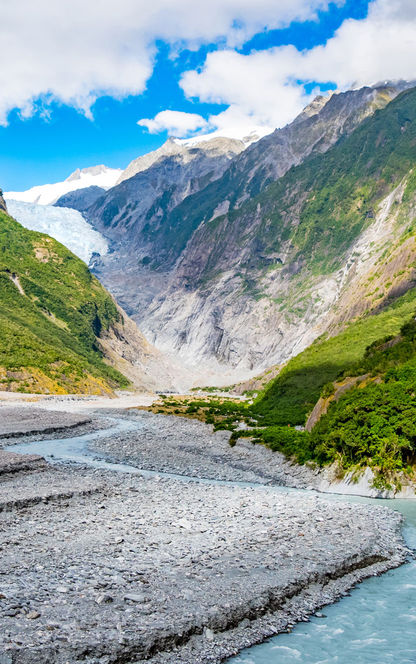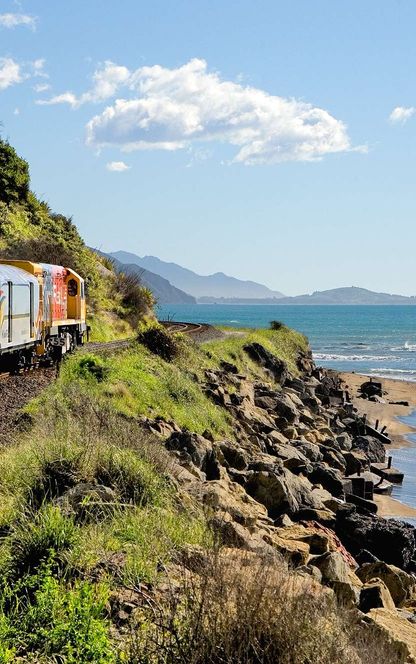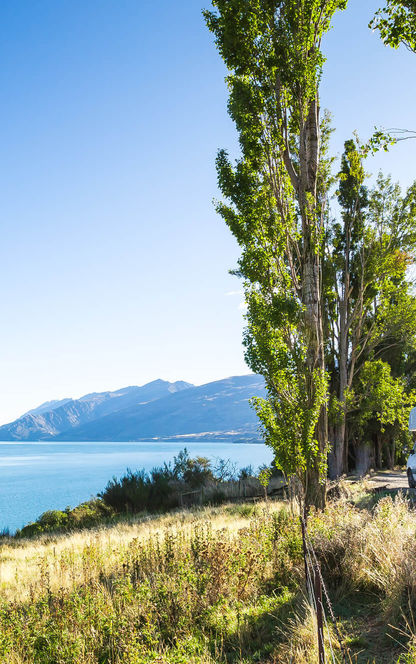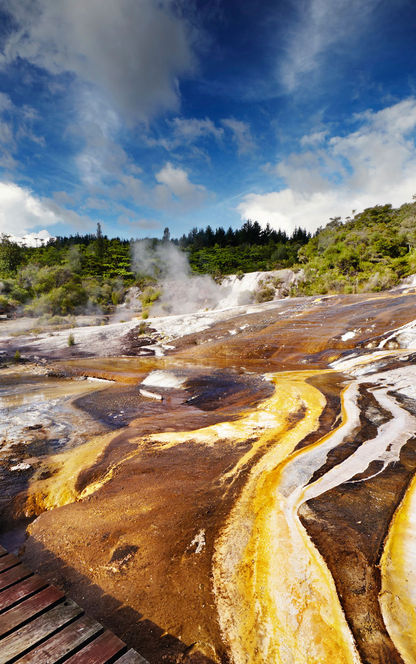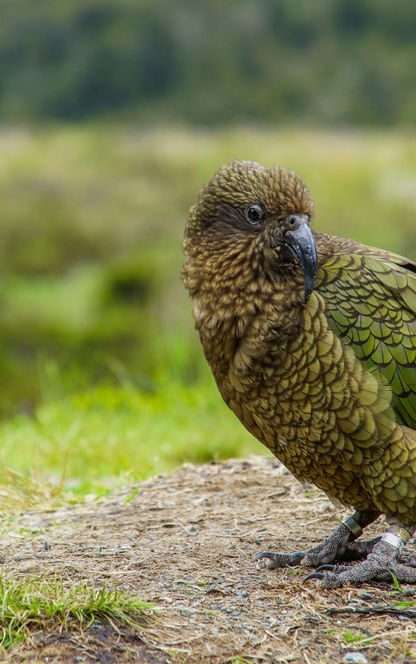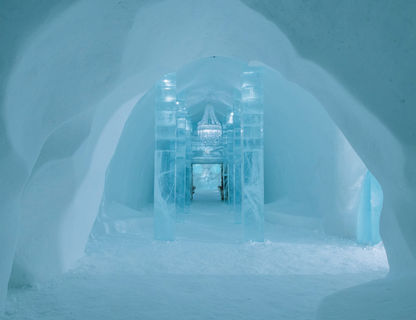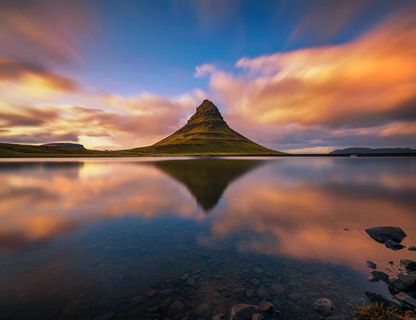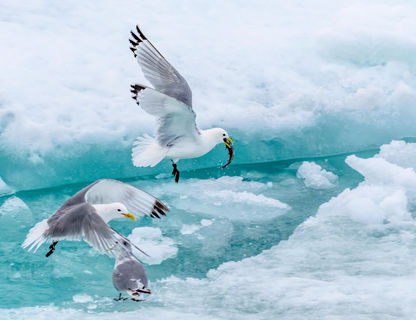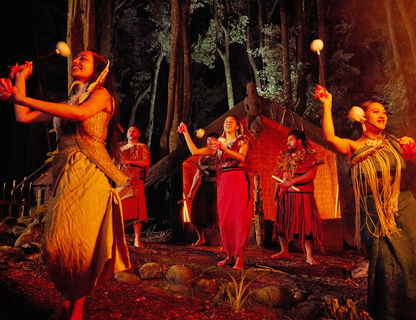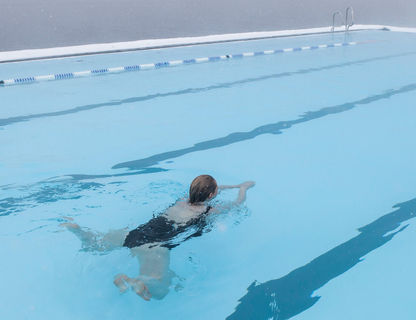New Zealand in the Spring
As we in the northern hemisphere wave goodbye to summer, our Kiwi counterparts are looking forward to welcoming spring. With long days of sunshine and each day getting warmer than the last, spring is a glorious time of year to visit the Land of the Long White Cloud. Average daytime temperatures between September and November range from 19 degrees in the North Island to a slightly milder 16 degrees in the South Island.
Nature and wildlife enthusiasts will adore this time of year when New Zealand bursts with new life. Explore the verdant valleys surrounding the garden city of Christchurch and watch baby lambs frolicking and playing in Canterbury’s fertile fields. Or head south to Oamaru and witness hundreds of little blue penguins – the world’s smallest, gathering in large numbers in the late afternoon. Spring is without doubt the best time to enjoy a cruise on Milford or Doubtful Sound. The onset of the earlier winter rains mean the towering waterfalls of the fiords are at their most dramatic enhancing your experience of awe-inspiring Fiordland to magnificent effect.
Outdoor enthusiasts will revel in taking to New Zealand’s many hiking trails during spring. Cooler temperatures and emptier tracks offer the perfect environment to experience tramping along one of New Zealand’s Great Walks.
























